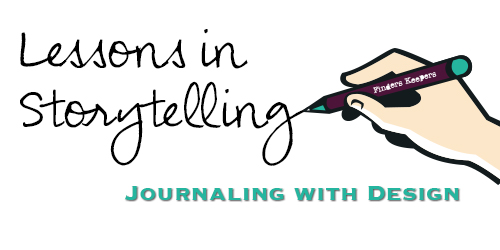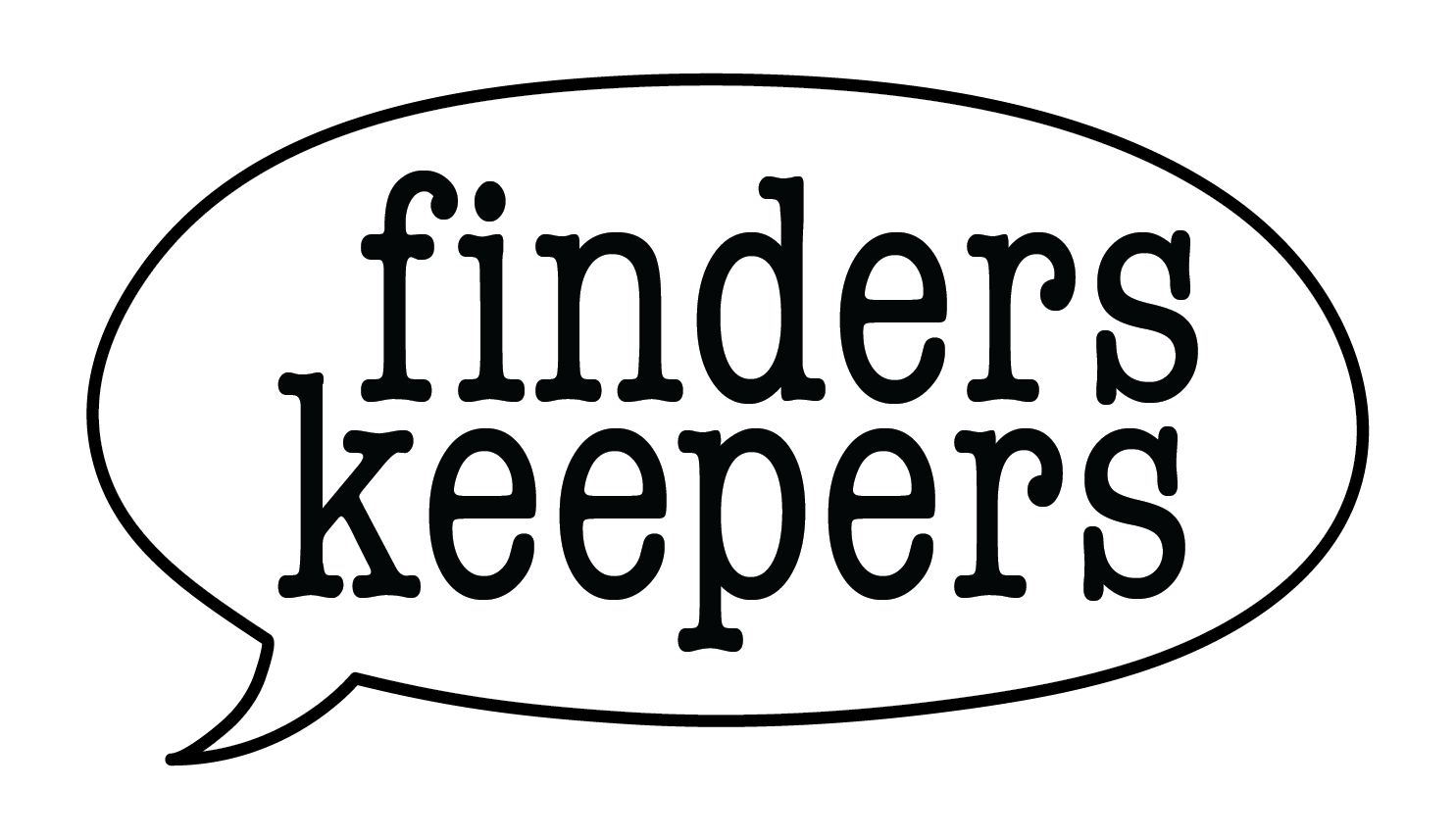
Don’t you just love it when you’re designing a memory layout and everything just comes together perfectly and it’s a visual masterpiece and then the words just flow onto your journaling cards and, when you place them on the page, the whole page just radiates beauty and truth and then people see your work and you win the first Nobel Prize for Papercrafting???
Oh. Never happened to you? Yeah. It hasn’t happened to us either. Mostly we just have to work really hard and we hit snafoos all the time. But, with these struggles, we’ve gained certain insights about designing memory layouts. And, today, we’d like to share with you some common journaling issues and provide possible solutions.
Sometimes you have a lot to say. |
|
 |
When you have a lot to say, don’t be afraid to make the journaling be the star of the show. This layout from Paper Wishes keeps it simple, with a small photo of a baby (that we just could eat with a spoon!) and then a whole half page is given for words.
|
 |
Here, Everything About Scrapbooking shows how using repeated elements (like the four very similar photos and the three buttons) can lead the eye to the handwritten journaling, which, again, half the page is dedicated to.
|
Sometimes you run out of room. |
|
 |
It happens. You plan a page and have a spot set aside for journaling. But when you start to write, there is more to say than you can fit! The clever memory keepers at Debbie Hodge created this layout with a fold out element, increasing their journaling area by about double. Snaps for Debbie Dodge! |
 |
Or you can try this nifty solution: If you are working with a 3-ring album (which we hope you are–post-bound albums send us to our sad, dark place….), just journal on a tag, punch a hole in it and add it as a free-floating element that page. Thank you, Fun Times Guide!
|
 |
Debbie Hodge just writes directly on the photos! ‘Nough said.
|
 |
If you have a page comprised of many layers, it can add some visual interest to go ahead and let your journaling begin on one layer and then just continue writing onto another one, like Debbie Hodge did here.
|
Sometimes you want
|
|
 |
If you write (or type) with enough space between the lines, you can cut apart your journaling into strips, which adds a collage feel to the page, like the folks at Indulgy did with this layout.
|
|
|
|
Sometimes you want to journal
|
|
 |
Don’t ever, ever, EVER think that you have to journal in little straight lines. If your journaling will work best outlining a photo, do it. Or journal around the border of the entire page. Or, as Debbie Hodge does here, you may just want to give your words a shape. |
Sometimes you want
|
|
 |
Pockets are great for those situations when you have more to say than you have room, but they are also really great for giving your audience something to do.
|
Sometimes your picture layout
|
|
 If you have a lot of different sized photos that make little blank spaces all over your page, muster all your courage, like Debbie Hodge, and just journal the living hell out of it, filling up all the little windows. If you have a lot of different sized photos that make little blank spaces all over your page, muster all your courage, like Debbie Hodge, and just journal the living hell out of it, filling up all the little windows. |
|
Sometimes your inner memory keeper
|
|
 |
This layout, by Kimberlie Kohler, does a beautiful job of highlighting the journaling by making it into an embellishment, by die cutting and inking it.See you soon!
|




Very helpful tips!!!
I like to incorporate memory making into my ( home decor / love language )
I need help with writing new mini stories or strong love notes that will make an impact in my kids lives when they are adults. Never want them to forget the little moments in life that brought them joy.
Thanks, Becky! You know, we feel the same way. Capturing those little moments that can be so easily forgotten is so important!
Thanks for sharing these great journaling ideas — and introducing me to Debbie Hodge! 😉 Hugs!!
Thank you, Michelle, for stopping by! I agree–Debbie H has great stuff!